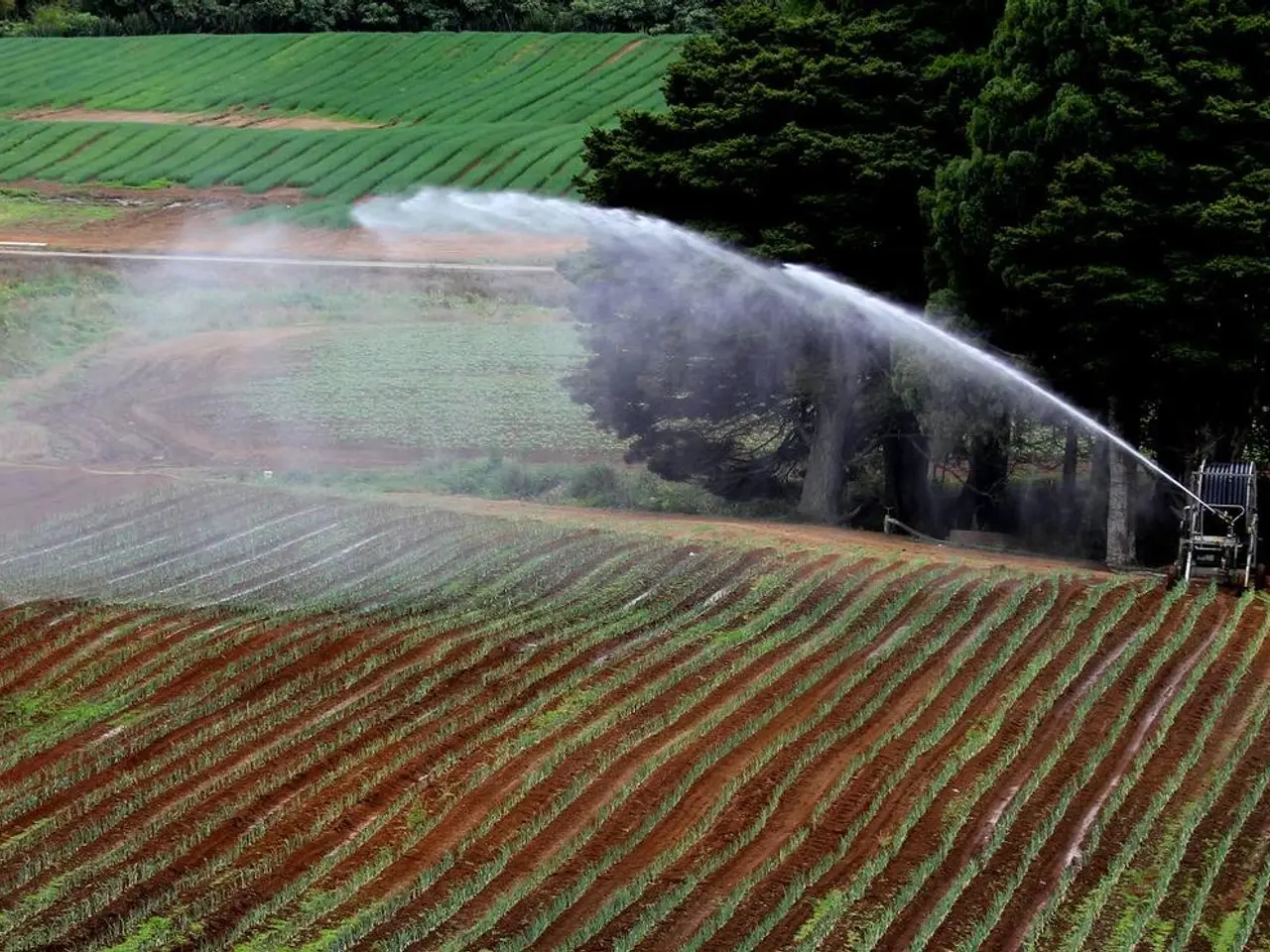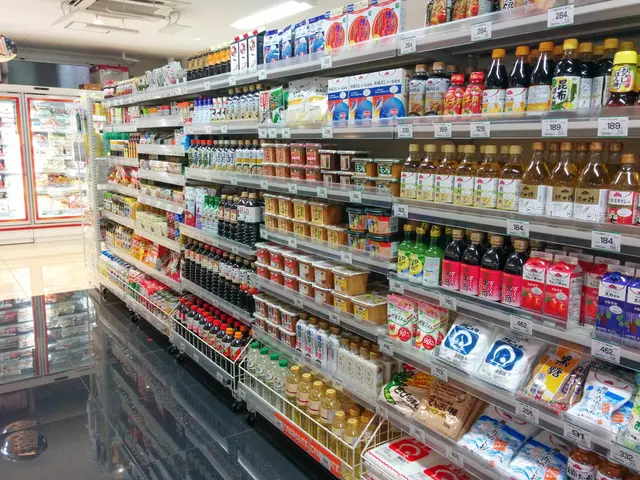Anticipated boost in grain yield in Lower Saxony agricultanomics scene - Rise in Cereal Production in Lower Saxony
The German Raiffeisen Association (DRV) has reported a significant increase in the grain harvest in Lower Saxony, which has contributed positively to the overall grain harvest volume in Germany for 2025.
Despite some challenges such as humidity that delayed wheat harvest in parts of the region, Lower Saxony, one of the key agricultural regions, experienced favourable conditions. This increase has supported the outlook for a stable or increased total grain harvest across Germany.
The DRV did not provide specific quantitative figures for the total German grain harvest volume and the exact incremental contribution of Lower Saxony. However, the implication is that Lower Saxony’s increased grain output has had a positive impact on Germany's total harvest volume, reinforcing overall agricultural productivity in 2025.
Grain production in Germany includes regional variations influenced by weather. Some areas face droughts while others, like Lower Saxony, benefit from better moisture conditions, supporting good yields. Lower Saxony also actively explores diversified and climate-adapted cropping such as hemp and soybeans, which might play a role in the broader agricultural output balance.
The good news comes at a time when raw material costs for bread are of relatively low importance for the final price, according to DRV market expert Guido Seedler. Despite the increased grain harvest, the bread prices consumers pay at the checkout will not be significantly affected.
Despite the positive numbers, regional differences in yields and quality exist, highlighting the impact of local weather and soil conditions. Regions with light, sandy soils that cannot store much water have been among the harvest losers. Winter barley has been harvested with good results, despite a decrease in cultivation area by nearly 2,000 hectares. The yield of winter barley has increased almost nine percent compared to last year.
Winter wheat, which makes up nearly half of the total harvest, has seen yields around ten percent higher than last year, and the cultivation area has increased by 34 percent. This means that the predicted increase for winter wheat is nearly a quarter. Winter wheat is currently being intensively harvested in Lower Saxony.
Konrad Westphale, deputy chairman of the Plant Committee in Lower Saxony's Landvolk, states that the weather is perfect for the grain. Over 97 percent of the winter rapeseed has been harvested in Lower Saxony, with yields just above last year's level, while the cultivation area has slightly increased. Experts from the DRV expect yields of winter rapeseed to rise by 7% to 3.9 million tonnes.
In summary, the increased grain harvest in Lower Saxony has helped sustain or raise Germany's aggregate grain harvest volume in 2025, despite some regional weather challenges. This development is expected to contribute positively to the stability and productivity of the German agricultural sector.
The Community policy, recognizing the importance of sustainable farming practices and regional variation, should encourage the adoption of climate-adapted crops like hemp and soybeans in regions like Lower Saxony to increase overall agricultural resilience.
The increased grain harvest in Lower Saxony, driven by favorable conditions and exploration of diversified crops, contributes to the Environmental-science section of the Industry policy, as it supports a more sustainable and climate-resilient agricultural industry in Germany.




